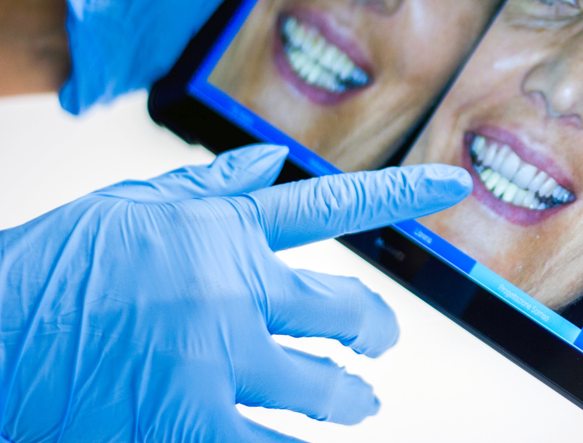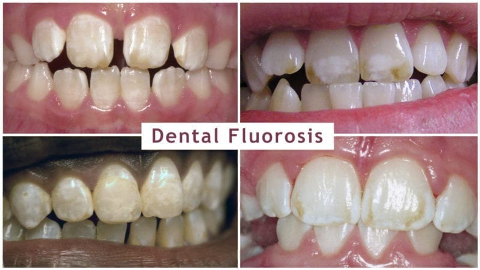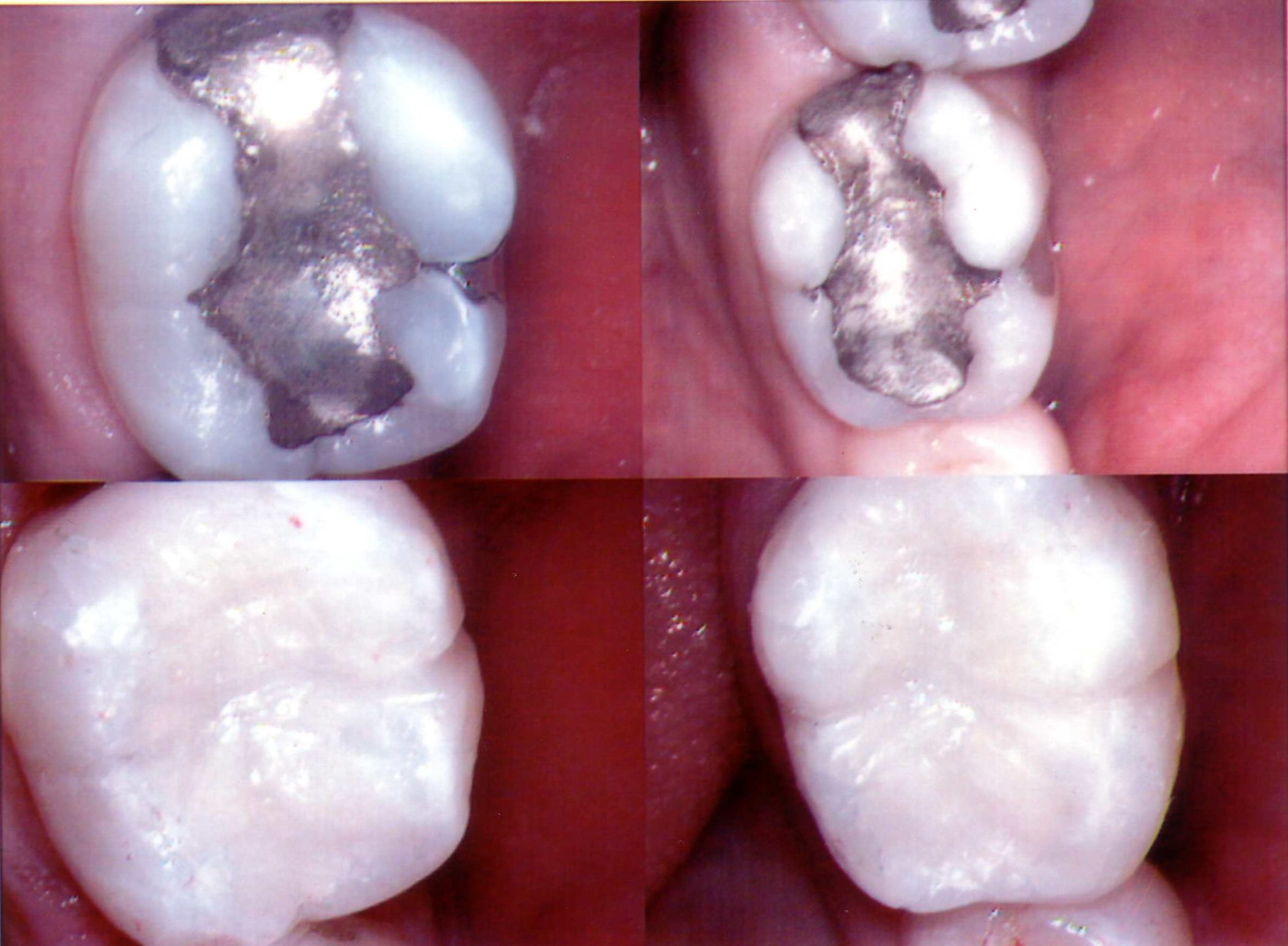Biological Dentistry
We provide complete oral exams, teeth cleaning, material compatibility testing, safe removal of mercury fillings, dentures, conservative crowns, non-conventional root canal treatments, non-surgical gum treatment, teeth whitening, ozone therapy and other holistic & biological dental treatments.
S. WARD ECCLES, D.D.S.
Welcome New Patients
About Us
Science-Based Biological Dentistry
The goal of biological dentistry is to make the connection between our smile and overall physical health known. Your body is one system and in order to function, it needs attention as a whole. We take your safety and care seriously. That’s why we used science-based data and techniques that are biocompatible and align with our conservative approach. Please, take the opportunity to learn more about how we do things a little differently than most dental offices.
Proper Diagnosis
It’s important to find the cause of the condition rather than treating only the symptoms. Dr. Eccles will use the following tools and technology to ensure you are being cared for properly.
Conservative Approach
Conservative dentistry approach is intended to restore and reconstruct the tooth, fusing to the remaining tooth structure
and strengthening it
Fluoride Free
High exposure to fluoride can contribute to human health risks. Fluoride was recently identified as one of 12 industrial chemicals known to cause developmental neurotoxicity in humans
Mercury Free
Mercury is toxic, poisonous and dangerous. Removing toxic mercury fillings safely is a priority for our office.
Metal Free
Biocompatible Options
Toxic materials commonly used in dental treatments can be avoided. There are many biocompatible options for patients
Ozone Therapy
Proper Diagnosis

It’s important to find the cause of the condition rather than treating only the symptoms. Dr. Eccles will use the following tools and technology to ensure you are being cared for properly.
- Thorough examination including soft tissue evaluation (including cancer and TMJ), cancer screening, periodontal disease and pocket evaluation, evaluate all teeth (even unerupted teeth).
- Digital radiographs, better known as x-rays (low radiation, taken as needed – full series needed when becoming an established patient) and photographs
- Measuring all abnormal electrical currents generated by dissimilar metals in teeth
- Checking tooth vitality to ensure nerve of tooth is responsive
- Detailed personal history
- Personal cosmetic evaluation
- Dental Biocompatibility Testing (also known as Materials Reactivity Testing) through BioComp Laboratories
- Muscle testing (applied kinesiology) by local naturopath to test how body is responding to dead teeth and choice of dental materials
Conservative Approach
As a health-centered biological dentist, Dr. Eccles’ goal is to conserve as much natural tooth structure as possible. For most dentists, it’s rather easy to grind down a healthy tooth and place a crown—especially when the tooth structure isn’t too badly broken down. Some dentists will recommend a crown simply because “insurance will pay for it”. That’s the criteria—not “is it really the best for the health of the tooth?”.
Unfortunately, the more drilling/grinding the dentist does on a tooth—the more likely that cumulative trauma will result in the death of that tooth—which means root canal therapy or extraction.

Conservative dentistry instead, restores and reconstructs the decayed or fractured tooth, relying on bonding/fusing to the remaining tooth structure and strengthening it. This involves reinforcing tooth cracks that are the result of normal stress release.
Major through and through cracks do need a form of strengthening with preferably conservative or full coverage crowns.
Techniques are employed to reduce internal stresses while layering the bonded composite resin to produce decades-lasting restorations in most cases. More time and skill are needed by a dentist, such as Dr. Eccles in Livermore, to accomplish this type of restoration.
The minor additional cost is well worth it as:
- A much more costly crown is avoided
- The tooth is not aggressively ground down
- The tooth is strengthened and restored for more years of healthy service
When do I need a crown?
Generally used criteria for crowning teeth:
- Large, old mercury amalgam fillings
- Visible crazing or cracking of tooth, with or without filling breakdown
- “Insurance” will pay for it
- Broken portion of tooth or crack causing chewing pain.
MY CRITERIA
- Biting pain from a cracked tooth that is only resolved by a conservative crown.
- Insufficient remaining tooth to support a filling (bonding). Seldom.
I find that in 35 years of restoring sick, broken-down teeth without using crowns, that excellent strengthening can be accomplished. With proper bonding of the filling materials to the remaining tooth structure, most cracks are reinforced and many years of additional service are gained.
This results in:
- Less cutting on good remaining tooth structure
- Preserves original tooth
- Less trauma-resulting in less chance of needing root canal therapy
- Much less cost
Fluoride Free

There is a lack of safety surrounding the drastic increase of human exposure to fluoride since the 1940’s. High exposure to fluoride can contribute to human health risks. With fluoride being present in a majority of community water systems, dental products used in the dental office and at home, foods (including baby food and alcoholic beverages), pesticides, and pharmaceutical drugs, it’s easy to see how one is being overly exposed.
Fluoride was recently identified as one of 12 industrial chemicals known to cause developmental neurotoxicity in humans. Other health risks include acne, arterial calcification, bone weakening, osteosarcoma, cardiac failure, cognitive deficits, dental fluorosis, diabetes, early puberty in girls, electrocardiogram abnormalities, harmful to fetal brain, hypertension, immune system complications, insomnia, lower fertility rates, lower IQ, myocardial damage, neuroticos effects including ADHD, skeletal fluorosis, TMJ, and thyroid dysfunction.
Fluoride naturally exists in the minerals, as well as air, soil, and water. However, significant quantities of fluoride are discharged to waterways; pollution in the environment from industrial emissions.
A lack of efficacy, lack of evidence, and lack of ethics are apparent in the current status quo of fluoride usage. These circumstances clearly demonstrate that there is an alarming lack of safety for the numerous applications of the chemical fluoride in commonly used products.
IAOMT Position Paper
International Academy of Oral Medicine and Toxicology (IAOMT) Position Paper against Fluoride Use in Water, Dental Materials, and Other Products for Dental and Medical Practitioners, Dental and Medical Students, Consumers, and Policy Makers
Mercury Free

All dental amalgams are 45-55% elemental mercury. Mercury vapor is continuously released in small amounts and bioaccumulates, primarily stored in fat and nerve cells. Over time these amounts can become dangerous; causing serious complications and illnesses. Mercury is toxic, poisonous, and a dangerous threat to public health.
Removing toxic mercury fillings is a priority for our office. Doing it safely is our cause. Safe removal practices should be observed/adhered to, because of the large mercury particles and vapor released during the removal process. Precautionary measures are used in our office and are called “SAFE PRACTICES” because we value the safety of our patients, team members, and the environment.
There are biocompatible, tooth-colored options available for the replacement filling(s). Learn more about how we keep you safe and your treatment options by clicking the learn more button below.
Metal Free
Allergies to these metals and elements are common. They can cause galvanic corrosion, electrical interference with the nervous system, and discoloration of teeth and gum tissues.
Symptoms to these allergies and corrosion can include headaches and migraines, joint pain, fibromyalgia, chronic fatigue syndrome, rosacea, and insomnia.
We advocate avoiding metals (especially dissimilar metals) within the body; as more nonmetal options are becoming available.
Metal Allergies & Reaction: Testimony to the FDA
Dr. Scott Schroder shares his findings with the FDA regarding metal allergies and dissimilar metals placed in the body and how the body could react.
Metal Corrosion in the Human Body
The Ultimate Bio-Corrosion Scenario by Douglas C. Hansen. there are real risks associated with the use of metals as long term chronic implant devices
Biocompatible Options

Unfortunately, many dental treatments typically use materials that are toxic for the body. The great news is these materials can be avoided. There are many biocompatible options for patients that include
- Resin “Tooth-Colored” Composite
- Ceramics
- Porcelain
- High Noble Gold and Platinum
- Zirconia
Most consumers choose direct composite fillings because the white coloring matches the tooth better and the cost is considered moderate. BPA is often included in these materials. BPA (BisPhenolA) free composites are available.
We avoid metal and methacrylate for removable appliances like full and partial dentures, “flippers”, and retainers. Appliances are clear or gum colored to make for a natural and/or esthetic look.
Some insurance may not cover biocompatible options and may downgrade the benefit to metal or amalgam. Don’t worry, we do not place dental amalgams. The cost difference would become part of the patient’s co-payment.
Biocompatibility testing
We offer biocompatibility testing through Clifford Consulting & Research and BioComps Laboratory.
Note: 99% of dental materials (composite resin and ceramics/porcelain) have some metal (oxidized form) in the molecule but not bioavailable so it is called metal free, or all ceramic as in glassware or ceramic cookware and tableware.
Ozone Therapy

A “transient oxidative burst” is the key to combating the infective microorganisms. Germs, parasites and viruses that live in the biofilm have no natural defense against this reaction; causing them to overstress and die.
DISINFECTED! This same transient oxidative burst has a positive effect, it induces many natural biochemical and physiologic reactions like better blood flow, enhanced immune response, and accelerated healing response.
Oxygen/Ozone was introduced in dentistry in the early 1900’s and it’s application is scientifically well understood. It can be used in the forms of ozonated water, ozonated oils, and oxygen/ozone gas. It is impossible to be allergic to oxygen/ozone as it is just an energized form of oxygen. Ozone is naturally formed by the sun and lightning in storms. It’s also the reason for our blue sky. It is always used in very low concentration and in a controlled, safe environment.

Biological Dentistry
Using science-based, biological techniques, technologies, and materials for your oral and overall health
Family Dentistry
Establishing preventative dental care routine and restorative treatment options for the entire family
Safe Mercury Removal
Replacing amalgams with non-toxic filling materials while safely capturing released mercury
Root Canal
Emphasizing a biological approach to diagnosing and treating infected teeth
Gum Therapy
Addressing periodontal “gum” disease systemically and non-surgically
Cosmetic Dentistry
Restoring and replacing natural teeth using a conservative approach with non-metal materials
Dental Surgery
Our dental surgery approach respects the body’s natural ability to heal
TMJ Therapy
TMJ dysfunction causes jaw pain, facial tension, headaches & neck discomfort
Ozone Therapy
A safe, natural treatment to disinfect & reduce inflammation

